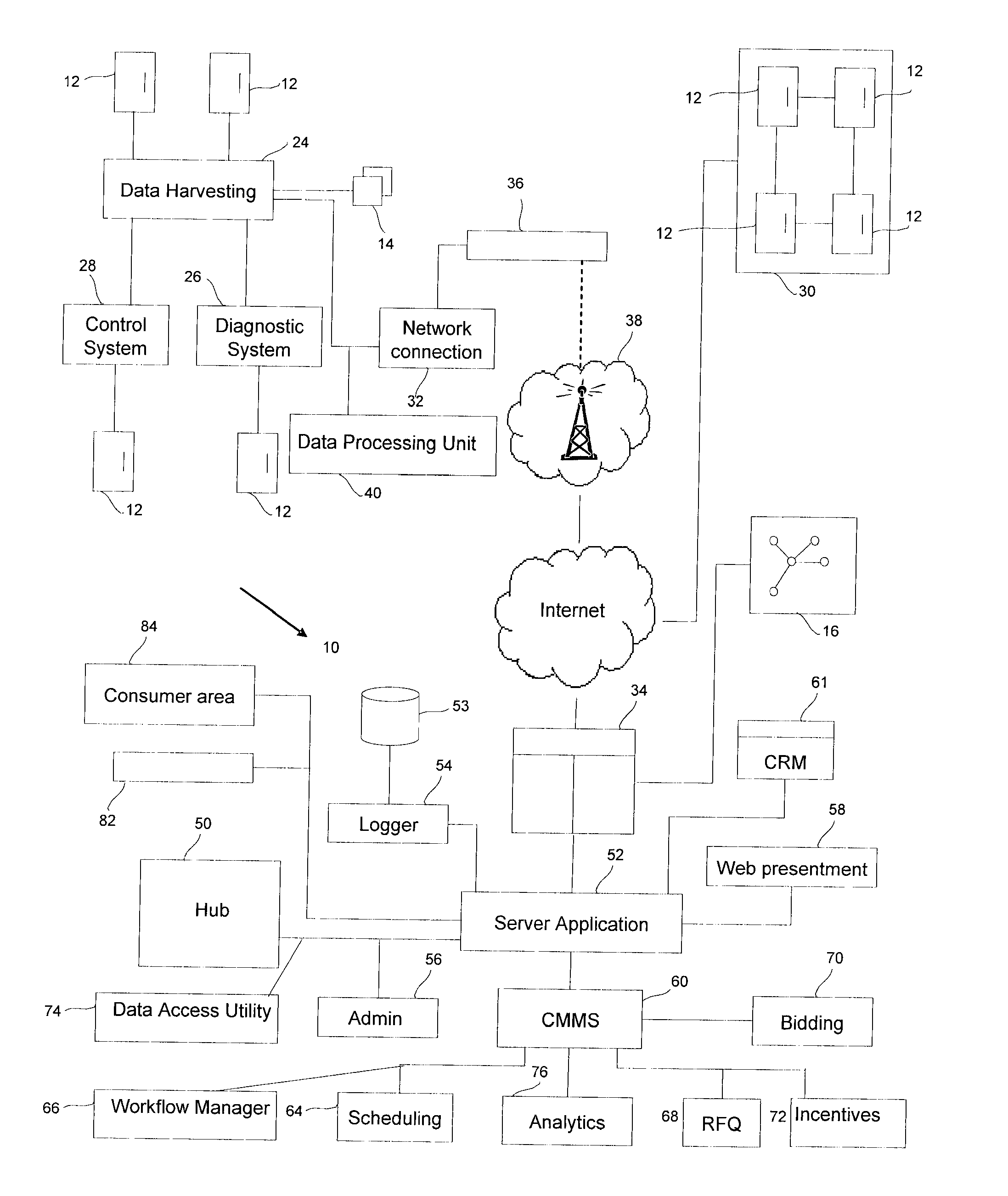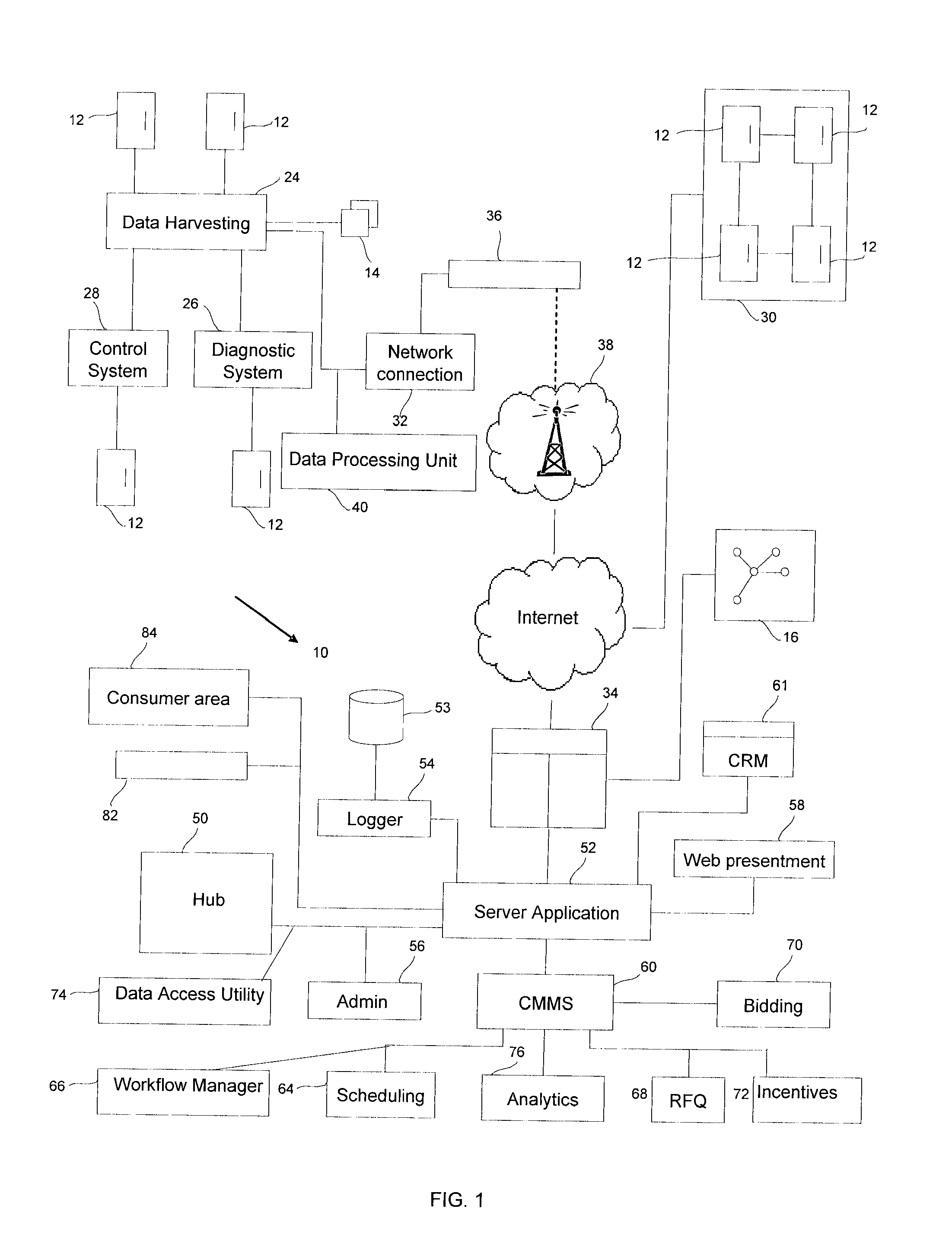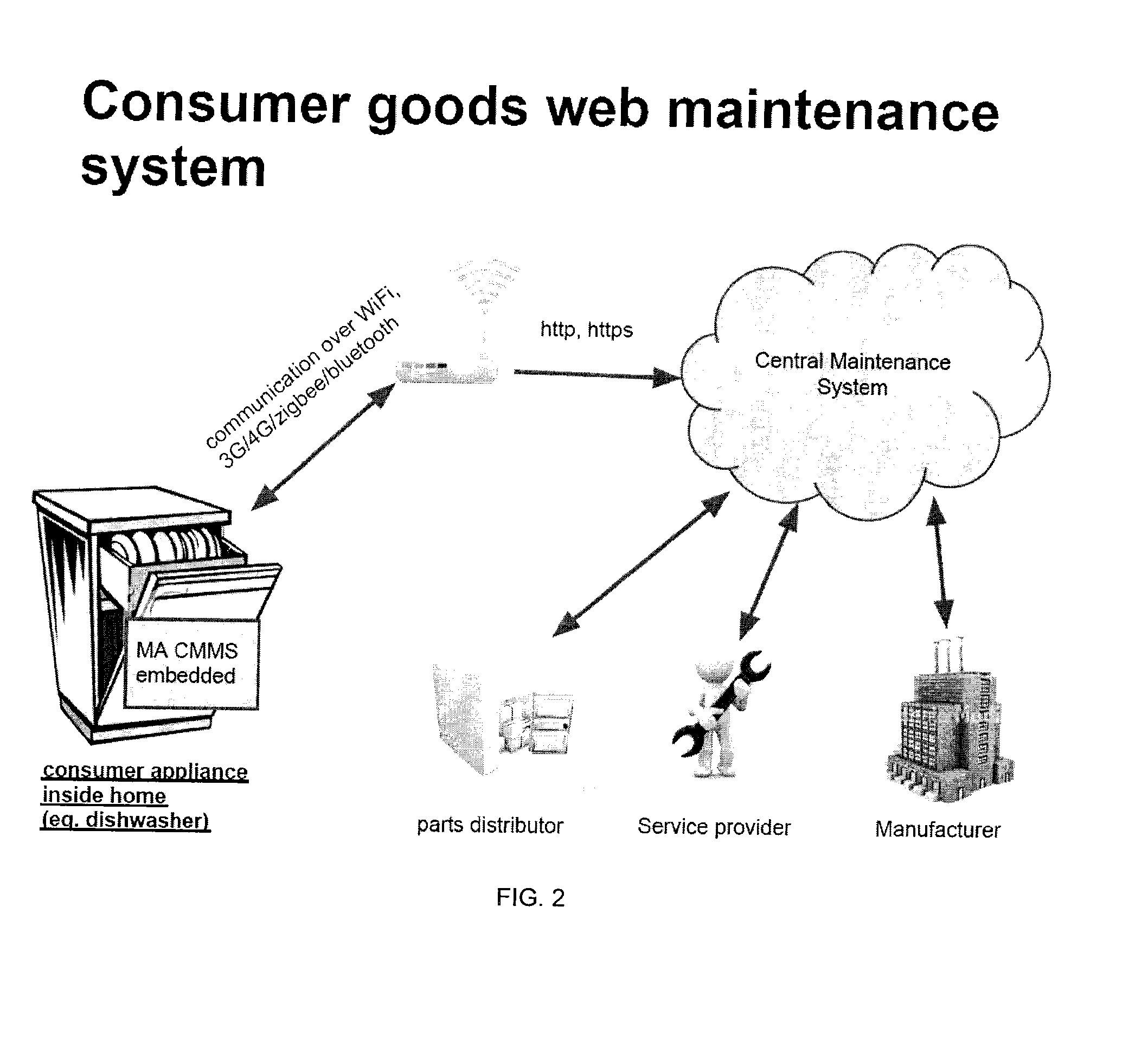These appliances generally have multiple parts, and with use and time can break down or their performance drops.
One problem is that many of these appliances may require maintenance from time to time.
From a
consumer perspective, even keeping track of these various appliances, their manuals, the contact information for services providers, possibly a maintenance schedule, requires significant time that busy households rarely have.
However, there are numerous obstacles to this.
An important problem is that many appliances, if not maintained in a particular way may fail, or fail earlier.
This is often referred to as the “run to fail” problem, where appliances do not receive required maintenance (which may be quite inexpensive), and therefore the appliance degrades to the point that it must be replaced or repair has become much more expensive, possibly so expensive that replacement of the appliance is the most cost
effective solution.
From a manufacturer's perspective, if appliances run to fail, then this can harm brand reputation.
From a service business perspective, they may be losing revenue if there aren't systems or solutions that help connect them to consumers better, and manage service calls better.
Adherence by consumers is generally not consistent and this can lead to problems.
If it is the service business or an agent on their behalf trying to reach a consumer, this can be very challenging.
The consumer may very well be interested in speaking with an agent to arrange a service call, if they understood the implications for them if they do not proceed with the
maintenance actions, however, many consumers do not have this information or knowledge.
From the perspective of the service business or their agent, a significant obstacle is that they may have little to no information regarding a particular appliance's current state.
Appliances can be relatively complicated machines.
Also, in order to manage the cost of an appliance they may be designed and manufactured in ways that do not promote consistent performance.
Service programs may require access to up to date information regarding the state of an appliance, which is not readily available.
Service businesses may not be aware of when is the required
time to contact a consumer based on the current state of their appliance in the applicable life cycle.
This removes opportunities for targeted communications, and also poses a challenge in delivering a compelling program messaging that the consumer is likely to act on.
Some simply do not have enough information which may result in
product design challenges, and missed opportunities in improving products and therefore improving sales, and also promoting better brand engagement.
Some manufacturers invest in consumer studies to obtain this information, but these typically are costly and
time consuming.
Service businesses may benefit from access to real time
metrics in order to target consumers at an opportune time when consumers will understand the value of maintenance services in that the need for these services is imminent, and without them the consumer may need to incur more expensive maintenance, or the appliance may fail triggering inconvenience and having to incur more expense.
Also, the service business may not have
access to information as to when a particular appliance may have been the object of
maintenance actions, and if so exactly what they were, who performed them and what was their training or certification was.
Also, consumers may not necessarily engage with a single organization in order to access maintenance services.
However, especially where a critical appliance has broken down, and for example a
technician from a service business authorized by the manufacturer cannot come quickly enough, or their emergency fees are very high, it is quite common for a consumer to turn to someone else, often a local service business.
Consumers generally have to incur the inconvenience of having to call a
call centre and schedule a time, as opposed to using for example a
web service to do so.
This may be inconvenient.
However, these service calls tend to be initial service calls, where the service
technician may perform diagnostic operations to obtain information regarding the nature of the problem.
Normally, for many first service calls, the service
technician may have certain information regarding the nature of the call collected by the
call centre, however, this information is often not as reliable as
diagnostic information.
The service technician may not have the parts required to repair the appliance, or sometimes may not have the training to repair the particular problem with the particular appliance.
Many consumers often assume that the problem will be repaired in the first service call, and the prospect of having to schedule and attend a further service call is often not welcomed by consumers.
Also, especially if the appliance has already failed, this means further inconvenience to the consumer.
Furthermore, from the perspective of allocation of resources of the service business the initial service call still requires resources, and yet the value perceived by the consumer is very small to nothing.
This poses a challenge in monetizing or making a profit on the initial service call.
(A) Service businesses are generally reacting to problems and already dealing with unhappy customers, especially if the appliance has already run to failure.
This makes the management of customer relations more difficult and expensive.
A particular problem is the fact that when an appliance has run to failure, a replacement part must be obtained as quickly as possible, however, with older appliances obtaining parts can be
time consuming.
The urgency can translate into increase in costs that an unhappy customer is not likely to want to pay for.
(B) Service technicians may not have the knowledge to fix a particular problem but there may not be resources available to learn how to fix a particular problem.
As a result experienced and expensive technicians tend to be sent for follow up calls, and less experienced technicians who could learn to complete other maintenance actions either require fairly expensive training or do not acquire the additional skills.
They do not have the opportunity to target consumers, and make service calls, before failure is about to occur.
For example, there is no way to know how many cycles a dishwasher has been run and at what conditions (high temperature, extra long ‘pots and pan’ cycle, etc.), and how this compares to typical
machine trends of other users.
For example, maybe the set of conditions as mentioned above leads to faster drive belt wear and hence failure, meaning it is better to change the belt sooner than normal.
This may be costly and cumbersome.
However, proper use may be generally fraught with difficulty due to the complex nature, significant cost, and non-intuitive or confusing workflows.
This may not lead to improved efficiencies or productivities of a maintenance department, or to a company's bottom line.
The problems identified above may lead to lost productivity, increased
downtime, reduced efficiencies and low competitiveness.
This may be disadvantageous to consumers, service businesses, as well as manufacturers.
 Login to View More
Login to View More  Login to View More
Login to View More 


